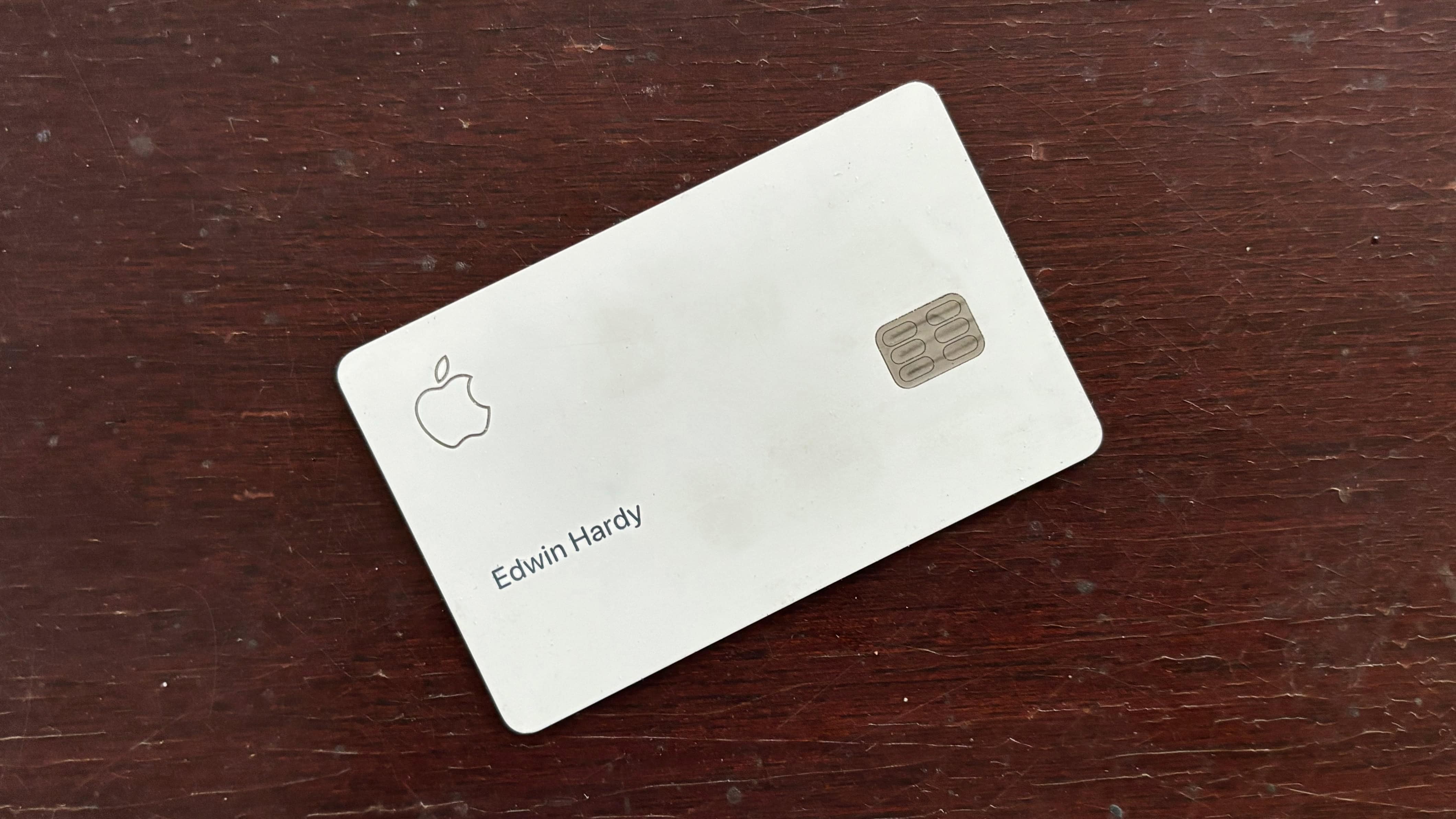 20 August 2019: Apple Card is coming to consumers in the US for the first time. The titanium credit card offers a new payment option when Apple Pay is not available.
20 August 2019: Apple Card is coming to consumers in the US for the first time. The titanium credit card offers a new payment option when Apple Pay is not available.
Statements and payments are processed through the iPhone Wallet app, and Apple says the card is designed to “help customers live healthier financial lives.” Surveys show the card is quickly becoming popular.
Apple Card offers a consumer-friendly experience
When the Apple Card was announced in March 2019, no one seemed surprised. A credit card might be a challenge for an ordinary computer maker, but Apple Pay had launched in 2014 and was so popular that the company was already offering financial services. Plus, the card serves as a complement to Apple Pay and can be used in stores and restaurants that don’t accept wireless payments.
And it is no ordinary card. The Cult of the Mac A 2019 review called it “as user-friendly as a credit card can be.” The iPhone’s Wallet app clearly lists all transactions made with the card. And users pay no annual fees—the only cost is interest, and that can be avoided by paying off the balance each month.
Customers are clearly delighted. For the fourth year in a row, the Apple Card was recently named No. 1 in its category for customer satisfaction in the JD Power US Credit Card Satisfaction Study.
Not an ordinary credit card
Apple’s is a MasterCard that has two card numbers assigned to it, one primary and a second for online purchases. If the second number is stolen by hackers, it can simply be deactivated and replaced with a new number without having to change the card.
Like other credit cards, Apple also offers cashback rewards. Most transactions earn 1% and purchases made directly from the Mac manufacturer earn 3%. Payments are credited almost immediately to the user’s Apple Cash balance.
One difference to many traditional cards is that this one is completely digital. There is no option to have a monthly paper statement sent to the cardholder, nor can the balance be settled by check.
The card itself is also an eye-catcher. Instead of cheap plastic, the customer is given a piece of white lacquered titanium. The card number is not written anywhere on the card, so it cannot be copied easily. A magnetic strip on the back is prepared for conventional payment systems.
A fight for Goldman Sachs
Although the Apple Card offers many benefits for consumers, the years since its launch have been rough for Goldman Sachs, the bank that backs the financial instrument. It reportedly lost at least $1 billion on the deal and is now looking to exit.
The iPhone maker allegedly pressured Goldman Sachs to accept almost all applications, which increased the number of defaults. And Apple requires that all cardholders be billed at the same time: at the end of each month, not spread out throughout the month. So Goldman Sachs’ customer service department is inundated with calls for one week and then sits idle for the remaining three weeks.
Apply for Apple Card
To apply for an Apple Card, open the Wallet app on your iPhone and tap the Add button. Choose Apple Cardand then on ContinueFill out the application and submit it. Alternatively, you can complete the process online.
But note that Apple’s credit card is only available in the U.S. The company never explains why, but one theory rests on the limits many countries set on credit card interchange fees. Those fees cover the cashback rewards the card offers, but the European Union’s 0.3% cap makes Apple’s 1% cashback impossible. Perhaps Cupertino won’t release a stripped-down version of the card in those countries.

